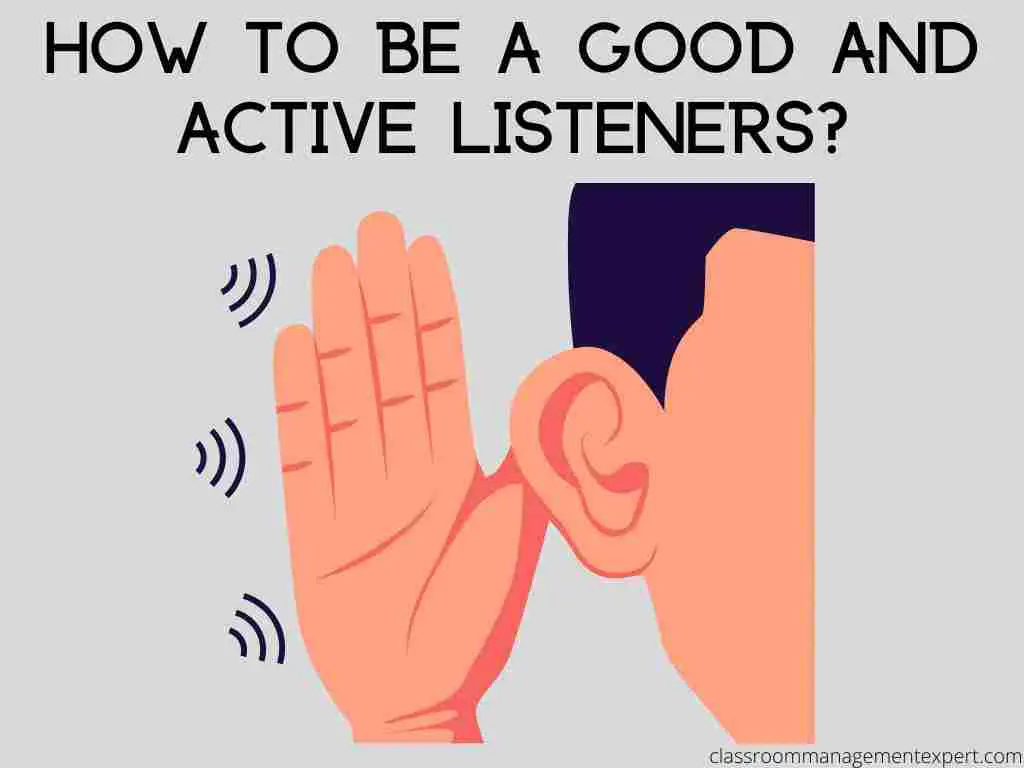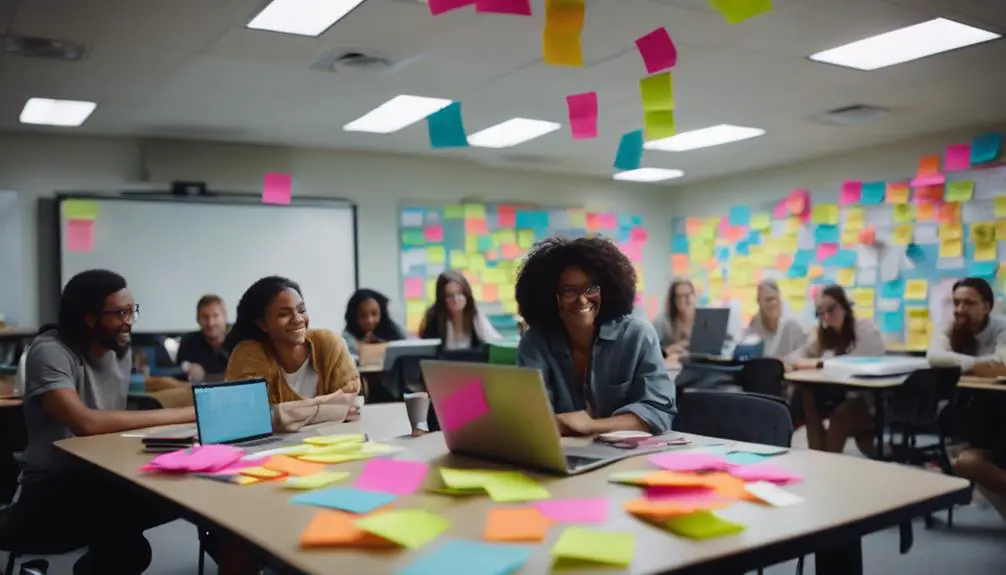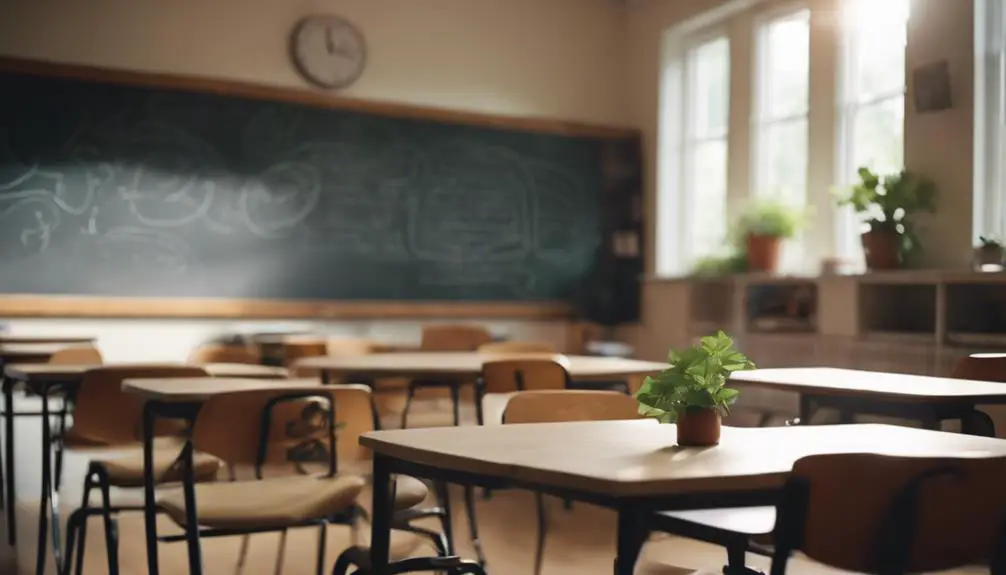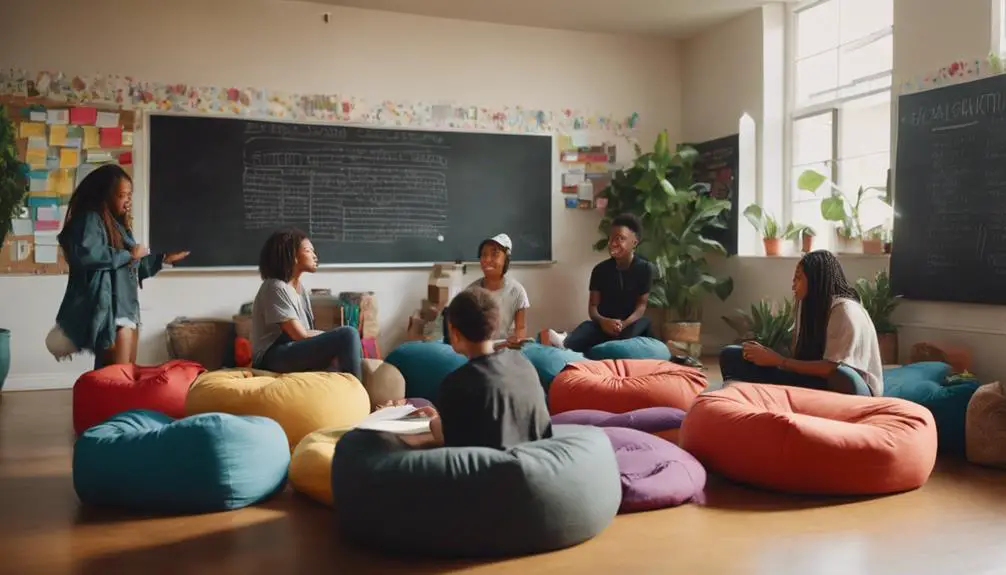Active listening is one of the critical skills every teacher must have to be effective in the classroom.
In order to be a good active listener as a teacher, it is important to first understand what active listening is. Active listening is when we listen to someone with the intention of understanding what they are saying. This means that we are not only hearing the words that they are saying, but we are also taking note of their body language and any other nonverbal cues.
In order to be a good active listener as a teacher, it is essential to be able to give your undivided attention to the speaker, be patient, withhold judgment, and refrain from interrupting.
Additionally, it is important to maintain eye contact, use body language to convey interest, and ask clarifying questions. By following these tips, you can ensure that you are effectively communicating with your students and encouraging learning in the classroom.
But how do you become a good and active listener as a teacher? Keep reading to find out.
What’s the Difference Between Active and Passive Listening?
In any kind of communication, listening is key. However, there are different ways to listen. Some people are passive listeners, while others are active. Each has its own advantages and disadvantages.
Active listening is when you are fully engaged with the speaker, giving them your undivided attention. This means making eye contact, giving “interested” facial expressions, nodding your head, and asking questions. Being an active listener has its advantages and disadvantages.
On the plus side, active listening can help build rapport, foster understanding, and show that you are truly interested in what the other person has to say. On the downside, it can be time-consuming and difficult to maintain focus, especially if you’re not naturally inclined to be a good listener. Whether the benefits outweigh the costs depends on the situation and your goals.
Passive listening, on the other hand, is when you are only half-listening to the speaker, and your mind is elsewhere. This can be detrimental to both personal and professional relationships. The passive listening style has its own advantages and disadvantages.
Passive listeners tend to absorb information without really processing it. This can be advantageous in some situations because it allows the passive listener to take in a lot of information at once. However, this can also be disadvantageous because the passive listener may not be able to remember all of the information that was presented.
As a teacher, you can help your students develop their listening skills by teaching them how to focus on the speaker and encouraging active listening. By doing this, you’ll help your students better understand what’s being said and learn more effectively.
Useful techniques to become a good and active listener as a teacher
In order to be an effective teacher, it is essential to be a good listener. Listening is not just hearing what the other person is saying but also taking the time to understand and process the information. There are several techniques that can be used to become a better listener. Here are a few techniques:
1. Make Use of Verbal Cues
In order to be a good and active listener, you should use verbal cues such as “Ah-ha,” “I see,” and “That’s true” to show that you are listening and attentive. By using these cues, you will be able to keep the conversation flowing and make the other person feel heard.
2. Use Body Language Effectively
In order to be a good and active listener, use body language to show your responses and feelings. Nodding, smiling, and frowning are all ways to do this. By doing so, you will be better able to understand and respond to what the other person is saying.
3. Balance Your Body Language and Verbal Messages
In order to be a good and active listener, body language and verbal messages should be congruent. That is, the words that are spoken should match the body language that is being used. If the words say one thing but the body language says something else, it can be confusing for the person who is trying to listen.
4. Get better at probing students’ problems
Use “door-openers,” such as “Would you like to say something more about this to me?” or “It sounds like this is something important.” Would you like to talk more about it?”, to promote better communication and probe problems that are bothering the students.
5. Be Sure to Interpret Students’ Messages Correctly
To be a good and active listener, it is important to state your interpretation of students’ messages clearly and make sure that your interpretation represents their true meaning. By doing this, you will be able to understand what they are trying to say and respond accordingly.
6. Elicit Feedback from Students
In order to be a good and active listener, it is important to ask for feedback from the person you are communicating with. This will ensure that you are understanding the message correctly. Additionally, if you are unsure about something that was said, don’t hesitate to ask questions. Clarification will help you to be a more effective listener.
7. Repeat the students’ message to them to confirm you understand them.
To be a good listener, it is important to paraphrase what the other person is saying to convey understanding and acceptance. This allows the speaker to feel heard and validated and can help build trust and rapport.
8. Avoid Making Judgments
In order to be a good and active listener, it is important to avoid making judgments and giving approving or disapproving feedback during the process. This can be difficult at times, but it is important to resist the urge to do so in order to truly listen to what the other person is saying.
9. Be Empathetic
In order to be a good and active listener, try to understand students’ messages with your heart and let them know that having feelings and emotions is not “bad.” Showing empathy and concern will encourage students to open up to you more, and help build trust between you and them.
10. Talk Things Out with Your Students
In order to be a good listener, it is important to let your students talk things out with you. By doing this, they will be able to analyze the issues and solve them with you. Additionally, active listening can help build stronger relationships between teacher and student.
Factors to consider when trying to become an active listener
When it comes to communication, being an active listener is key. Whether you are communicating with a co-worker, student, friend, or family member, being an active listener can help to foster a better relationship. Here are a few things to keep in mind when trying to become an active listener:
1. Avoid being manipulative or patronizing when meeting with students.
In order to become an active listener, it is important to avoid being manipulative or patronizing when meeting with students. Instead, try to be open and honest in your communication, and show that you are truly interested in hearing what the other person has to say.
Active listening requires both parties to be invested in the conversation, so make sure that you are giving the other person the same level of attention and respect that you would like to receive.
2. Show active listening to establish a trusting relationship.
In order to become an active listener, it is important to show active listening in order to establish a trusting relationship. This means making eye contact, maintaining open body language, and being attentive to the speaker. Moreover, it is important to be respectful and avoid interrupting. Active listening can be difficult, but it is a crucial skill for effective communication.
3. Respect students’ privacy and confidentiality in whatever they reveal.
It is important to respect students’ privacy and confidentiality when they reveal personal information. Active listening requires that we be open and accepting of what the other person is saying, without judgment. This creates a safe environment for the student to share and helps build trust between the two of you.
4. Show care and concern for students.
In order to become an active listener, it is important to show care and concern for students. This can be done by making eye contact, maintaining open body language, and being responsive to what the student is saying.
Active listening also involves giving students your full attention, which can be difficult in a busy classroom setting. However, by making a conscious effort to focus on the student, you can send the message that you value their input and are interested in hearing what they have to say.
5. Have a deep sense of trust and confidence in students’ ability to understand their own problems and find solutions to them.
In order to become an active listener, it is important to have a deep sense of trust and confidence in students’ ability to understand their own problems and find solutions to them. This will allow you to truly listen to what they are saying, without judgment or interruption, and help them to reach their own conclusions.
6. Accept students and their true feelings by letting them express themselves freely and openly.
In order to become an active listener, it is important to accept students and their true feelings by letting them express themselves freely and openly. This will help create a safe and open environment where students feel comfortable sharing their thoughts and feelings. Additionally, active listening can help build trust and rapport between students and educators.
7. Show empathy to students and yet remain separate from their feelings.
In order to become an active listener, it is important to show empathy to students and yet remain separate from their feelings. By doing this, we can better understand what they are going through and provide the support they need.
8. Show eagerness and willingness to help students and assist them in solving their problems.
In order to become an active listener, it is important to show eagerness and willingness to help students and assist them in solving their problems. This can be done by maintaining eye contact, asking open-ended questions, and providing encouragement.
Active listening also requires being able to restate what the speaker has said in order to ensure understanding. By demonstrating these skills, you can become a more effective listener and better support your students.
Conclusion
In conclusion, following the tips above on how to be a good and active listener will help you become a better communicator in both your personal and professional life. When you make the effort to really listen to what someone is saying, it shows that you value their thoughts and opinions. Active listening also allows you to build stronger relationships, resolve conflicts, and create a more positive work environment.
Furthermore, make sure to give the speaker your undivided attention, avoid interrupting, and ask questions if you need clarification. Active listening takes practice, but it’s definitely worth it if you want to improve your communication skills. The next time someone is speaking, remember to focus on what they’re saying and not what you’re going to say next. Thanks for your time!













